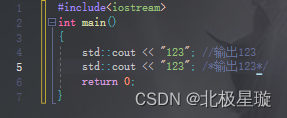论文:Bootstrapping Language-Image Pre-training (BLIP)
代码:https://github.com/salesforce/BLIP
1 motivation
目前多模态模型在图片理解类任务、生成类任务表现卓越主要源于Scale up model and scale up dataset(更大的模型,更多的数据)。但是VLP(vision-language pre-training)数据集大多是网络爬取而来(称之为web datasets),里面的caption包含很多噪声,并不是一个理想的监督来源。BLIP这篇文章提出一种boostrapping caption的方案来“提纯”带噪声web datasets,从而进一步提升多模态模型的能力。
概括来说:这篇文章设计了一种去噪方案,来提纯web datasets,以此带来精度提升。
2 method
2.1 模型架构
BLIP多模态架构为双塔架构。论文中用3个vision language pretraining(VLP) task来激发模型的多模态能力。

2.2 多模态预训练任务
2.2.1 Image-Text Contrastive Loss (ITC)
和CLIP训练任务一致。核心思想是:给定图片-文本向量对
{
(
f
e
a
i
m
g
(
1
)
,
f
e
a
t
e
x
t
(
1
)
)
,
(
f
e
a
i
m
g
(
2
)
,
f
e
a
t
e
x
t
(
2
)
)
,
⋯
,
(
f
e
a
i
m
g
(
N
)
,
f
e
a
t
e
x
t
(
N
)
)
}
\{(\mathrm{fea}_{\mathrm{img}}^{(1)}, \mathrm{fea}_{\mathrm{text}}^{(1)}), (\mathrm{fea}_{\mathrm{img}}^{(2)}, \mathrm{fea}_{\mathrm{text}}^{(2)}), \cdots, (\mathrm{fea}_{\mathrm{img}}^{(N)}, \mathrm{fea}_{\mathrm{text}}^{(N)}) \}
{(feaimg(1),featext(1)),(feaimg(2),featext(2)),⋯,(feaimg(N),featext(N))}.其训练目标为,同pair的
(
f
e
a
i
m
g
(
i
)
,
f
e
a
t
e
x
t
(
i
)
)
(\mathrm{fea}_{\mathrm{img}}^{(i)}, \mathrm{fea}_{\mathrm{text}}^{(i)})
(feaimg(i),featext(i))相似度越接近越好,非同pair的
(
f
e
a
i
m
g
(
i
)
,
f
e
a
t
e
x
t
(
j
)
,
i
≠
j
)
(\mathrm{fea}_{\mathrm{img}}^{(i)}, \mathrm{fea}_{\mathrm{text}}^{(j)}, i \neq j)
(feaimg(i),featext(j),i=j)相似度越远越好,形如
L
o
s
s
=
1
2
(
∑
i
=
0
N
C
E
(
exp
(
f
e
a
i
m
g
(
i
)
⋅
f
e
a
t
e
x
t
(
i
)
)
∑
j
=
0
N
exp
(
f
e
a
i
m
g
(
i
)
⋅
f
e
a
t
e
x
t
(
j
)
)
)
+
∑
j
=
0
N
C
E
(
exp
(
f
e
a
i
m
g
(
j
)
⋅
f
e
a
t
e
x
t
(
j
)
)
∑
i
=
0
N
exp
(
f
e
a
i
m
g
(
j
)
⋅
f
e
a
t
e
x
t
(
i
)
)
)
)
Loss = \frac{1}{2} \left(\sum_{i=0}^{N} CE(\frac { \exp ( \mathrm{fea}^{(i)}_{\mathrm{img}} \cdot \mathrm{fea}^{(i)}_{\mathrm{text}})} {\sum_{j=0}^{N}{\exp( \mathrm{fea}^{(i)}_{\mathrm{img}} \cdot \mathrm{fea}^{(j)}_{\mathrm{text}})} } ) + \sum_{j=0}^{N} CE(\frac { \exp ( \mathrm{fea}^{(j)}_{\mathrm{img}} \cdot \mathrm{fea}^{(j)}_{\mathrm{text}})} {\sum_{i=0}^{N}{\exp( \mathrm{fea}^{(j)}_{\mathrm{img}} \cdot \mathrm{fea}^{(i)}_{\mathrm{text}})} } ) \right)
Loss=21(i=0∑NCE(∑j=0Nexp(feaimg(i)⋅featext(j))exp(feaimg(i)⋅featext(i)))+j=0∑NCE(∑i=0Nexp(feaimg(j)⋅featext(i))exp(feaimg(j)⋅featext(j))))
伪代码如下(from CLIP paper)

有了上面的背景知识,ITC的步骤就很好理解了:
STEP1: 图片经过image encoder得到image embedding R B × 3 × H × W ⟶ E n c o d e r i m g R B × L i m g × d \mathbb{R}^{B\times 3 \times H \times W} \stackrel{\mathrm{Encoder}_{\mathrm{img}}} \longrightarrow \mathbb{R}^ {B\times L_{\mathrm{img}} \times d} RB×3×H×W⟶EncoderimgRB×Limg×d
STEP2: 文本经过text encoder得到text embedding R B × L × d ′ ⟶ E n c o d e r t e x t R B × L t e x t × d \mathbb{R}^{B\times L \times d'} \stackrel{\mathrm{Encoder}_{\mathrm{text}}} \longrightarrow \mathbb{R}^ {B\times L_{\mathrm{text}} \times d} RB×L×d′⟶EncodertextRB×Ltext×d
STEP3: 分别拿到image embedding中[CLS]token对应的embedding f e a i m g ∈ R B × d \mathrm{fea}_{\mathrm{img}} \in \mathbb{R} ^{B \times d} feaimg∈RB×d, 与文本text embedding中[CLS]token对应的embedding f e a t e x t ∈ R B × d \mathrm{fea}_{\mathrm{text}} \in \mathbb{R} ^{B \times d} featext∈RB×d.
STEP4: 将 f e a i m g \mathrm{fea}_{\mathrm{img}} feaimg与 f e a t e x t \mathrm{fea}_{\mathrm{text}} featext投影到同一维度
STEP5: 同pair的
(
f
e
a
i
m
g
(
i
)
,
f
e
a
t
e
x
t
(
i
)
)
(\mathrm{fea}_{\mathrm{img}}^{(i)}, \mathrm{fea}_{\mathrm{text}}^{(i)})
(feaimg(i),featext(i))相似度约接近越好,非同pair的
(
f
e
a
i
m
g
(
i
)
,
f
e
a
t
e
x
t
(
j
)
,
i
≠
j
)
(\mathrm{fea}_{\mathrm{img}}^{(i)}, \mathrm{fea}_{\mathrm{text}}^{(j)}, i \neq j)
(feaimg(i),featext(j),i=j)相似度越远越好。

2.2.2 Image-text matching (ITM)
ITM也是VLP的常用任务,它的实现形式有很多,核心思想是:给定图片-文本向量对
{
(
f
e
a
i
m
g
(
1
)
,
f
e
a
t
e
x
t
(
1
)
)
,
(
f
e
a
i
m
g
(
2
)
,
f
e
a
t
e
x
t
(
2
)
)
,
⋯
,
(
f
e
a
i
m
g
(
N
)
,
f
e
a
t
e
x
t
(
N
)
)
}
\{(\mathrm{fea}_{\mathrm{img}}^{(1)}, \mathrm{fea}_{\mathrm{text}}^{(1)}), (\mathrm{fea}_{\mathrm{img}}^{(2)}, \mathrm{fea}_{\mathrm{text}}^{(2)}), \cdots, (\mathrm{fea}_{\mathrm{img}}^{(N)}, \mathrm{fea}_{\mathrm{text}}^{(N)}) \}
{(feaimg(1),featext(1)),(feaimg(2),featext(2)),⋯,(feaimg(N),featext(N))}.其训练目标为预测
(
f
e
a
i
m
g
(
i
)
,
f
e
a
t
e
x
t
(
j
)
)
(\mathrm{fea}_{\mathrm{img}}^{(i)}, \mathrm{fea}_{\mathrm{text}}^{(j)})
(feaimg(i),featext(j))是否来自同一个pair。是为1,否则为0。形如:
L
o
s
s
=
∑
i
∑
j
{
C
E
(
L
o
g
i
t
(
f
e
a
i
m
g
(
j
)
,
f
e
a
t
e
x
t
(
i
)
)
,
1
)
i
f
i
=
j
C
E
(
L
o
g
i
t
(
f
e
a
i
m
g
(
j
)
,
f
e
a
t
e
x
t
(
i
)
)
,
0
)
i
f
i
≠
j
\mathrm{Loss} = \sum_{i} \sum_{j} \begin{cases} \mathrm{CE}(\mathrm{Logit}_{} (\mathrm{fea}^{(j)}_{\mathrm{img}}, \mathrm{fea}^{(i)}_{\mathrm{text}}), 1) \quad \mathrm{if \, i = j} \\ \mathrm{CE}(\mathrm{Logit}_{} (\mathrm{fea}^{(j)}_{\mathrm{img}}, \mathrm{fea}^{(i)}_{\mathrm{text}}), 0) \quad \mathrm{if \, i \neq j} \end{cases}
Loss=i∑j∑{CE(Logit(feaimg(j),featext(i)),1)ifi=jCE(Logit(feaimg(j),featext(i)),0)ifi=j
下面来看具体是如何实现的。
STEP1: 图片经过image encoder得到 image embedding R B × 3 × H × W ⟶ E n c o d e r i m g R B × L i m g × d \mathbb{R}^{B\times 3 \times H \times W} \stackrel{\mathrm{Encoder}_{\mathrm{img}}} \longrightarrow \mathbb{R}^ {B\times L_{\mathrm{img}} \times d} RB×3×H×W⟶EncoderimgRB×Limg×d
STEP2: 文本经过text encoder得到text embedding
R
B
×
L
×
d
′
⟶
E
n
c
o
d
e
r
t
e
x
t
R
B
×
L
t
e
x
t
×
d
\mathbb{R}^{B\times L \times d'} \stackrel{\mathrm{Encoder}_{\mathrm{text}}} \longrightarrow \mathbb{R}^ {B\times L_{\mathrm{text}} \times d}
RB×L×d′⟶EncodertextRB×Ltext×d,和ITC有所区别的是,此处将image embedding 作为encoder_hidden_states也送入到text encoder(image embedding与text embedding在cross-attent层进行特征交互,image se quence embedding作为key,value。text embedding作为query)。因此最后输出的text embedding也同时蕴含了image sequence embedding的信息。作者将此时的text encoder称为 image-ground text encoder
image embedding与text embedding在cross-attention的特征交互实现可见transformers库BertSelfAttention函数
STEP3: 取文本text embedding中[CLS]token对应的embedding f e a t e x t ∈ R B × d \mathrm{fea}_{\mathrm{text}} \in \mathbb{R} ^{B \times d} featext∈RB×d。
- 当送入image sequence embedding与text是pair时, f e a t e x t \mathrm{fea}_{\mathrm{text}} featext的类别标签为1
- 当送入image sequence embedding与text非pair时, f e a t e x t \mathrm{fea}_{\mathrm{text}} featext的类别标签为0
随后用cross-entropy计算损失。
训练完成后:得到 image-ground text encoder

2.2.3 Language modeling loss(LM)
LM时GPT系列的预训练任务。简单来说就是根据前面的词来预测下一个词。与NLP的LM有所不同的是VLP同时将image-embedding引入到上下文信息。
STEP1: 图片输入到image encoder中的得到 image embedding( f e a i m g \mathrm{fea}_{\mathrm{img}} feaimg)。 R B × 3 × H × W ⟶ E n c o d e r i m g R B × L i m g × d \mathbb{R}^{B\times 3 \times H \times W} \stackrel{\mathrm{Encoder}_{\mathrm{img}}} \longrightarrow \mathbb{R}^ {B\times L_{\mathrm{img}} \times d} RB×3×H×W⟶EncoderimgRB×Limg×d
STEP2: 将 image embedding(
f
e
a
i
m
g
\mathrm{fea}_{\mathrm{img}}
feaimg)作为key,value送入到text-decoder的cross-attention中与text embedding进行特征交互。作者将此时的text-decoder称为image-ground text decoder
STEP3:最大化自回归序列的似然概率进行训练。训练完成后:得到 image-ground text decoder
∑
i
=
1
L
log
(
p
(
y
i
∣
y
<
i
,
f
e
a
i
m
g
;
Θ
)
)
\sum_{i=1} ^ {L} \log (p(y_i|y_{<i}, \mathrm{fea}_{img}; \Theta))
i=1∑Llog(p(yi∣y<i,feaimg;Θ))

通过以上预训练任务:得到
- image encoder
- image-ground text encoder
- image-ground text decoder
2.3 boostrapping caption
通过2.2节的预训练任务我们得到3个模型:1)image encoder;2)image-ground text encoder ;3) image-ground text decoder
下面来看如何结合上述上个模型来对web dataset进行“提纯”,主要步骤如下:
STEP1: 用人工标注的数据集 { ( I h , T h ) ∣ h = 1 , 2 , . . . } \{(I_h, T_h)|h=1,2, ...\} {(Ih,Th)∣h=1,2,...}对预训练模型image-ground text encoder与 image-ground text decoder 进行微调。 ( I h , T h ) (I_h, T_h) (Ih,Th)为图文对。
STEP2: 遍历web datasets { ( I w , T w ) ∣ w = 1 , 2... } \{(I_w, T_w)|w=1,2... \} {(Iw,Tw)∣w=1,2...}.进行下面操作
- STEP2.1 通过 image-ground text decoder (论文称之为Captioner)预测 I w I_w Iw的caption T s T_s Ts。此时对于图片 I w I_w Iw有两个图文对 ( I w , T w ) (I_w, T_w) (Iw,Tw)和 ( I w , T s ) (I_w, T_s) (Iw,Ts)
- STEP2.2 通过image-ground text encoder(论文称之为Filter)来判别图文对 ( I w , T w ) (I_w, T_w) (Iw,Tw)和 ( I w , T s ) (I_w, T_s) (Iw,Ts)是否matching。过滤不matching的图文对 ( I w , T w N o t m a t c h i n g ) , ( I w , T s N o t m a t c h i n g ) (I_w, T^{\mathrm{Not \, matching}}_w), (I_w, T^{\mathrm{Not \, matching}}_s) (Iw,TwNotmatching),(Iw,TsNotmatching)。
STEP3: 汇总所有图文对 D = { ( I w , T w m a t c h ) + ( I w , T s m a t c h ) + ( I h , T h ) } D = \{(I_w, T_w^{\mathrm{match}})+(I_w, T_s^{\mathrm{match}}) + (I_h, T_h) \} D={(Iw,Twmatch)+(Iw,Tsmatch)+(Ih,Th)}
用提纯后的数据集用2.2的预训练任务重新训练。

3 result
从作者给出的实验来看,boostrapping caption不论在retrieval还是在caption任务上都能带来一定的提升。但当scale up dataset and scale up model后,boostrapping caption的提升就很有限了(在caption任务上尤为明显),如下表的最后一行。

BLIP只评估了在flickr30K上的zero-shot retrieval的能力,相比之前的SOTA在image-to-text retrieval的R@1上有2个点的提升,其它指标提升不大。其它对比结果见原论文。


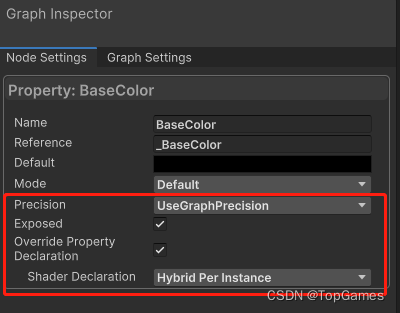
![[SWPUCTF 2022 新生赛]善哉善哉题目解析](https://img-blog.csdnimg.cn/4412e055a07c40d0999c151473c7b848.png)




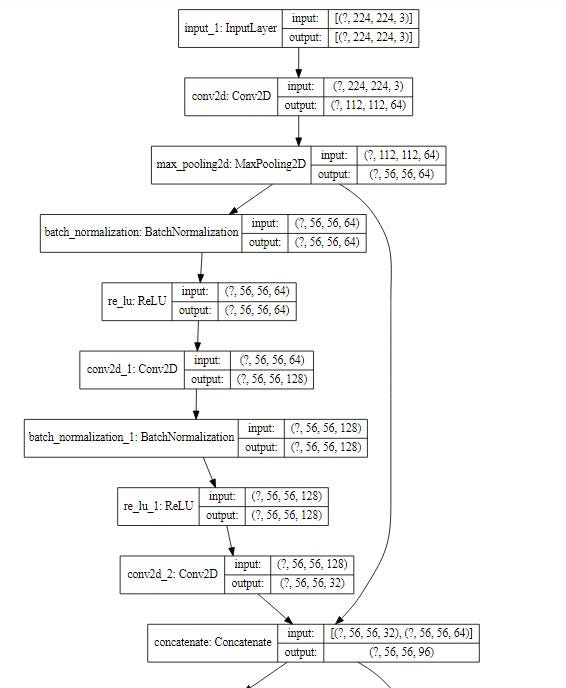

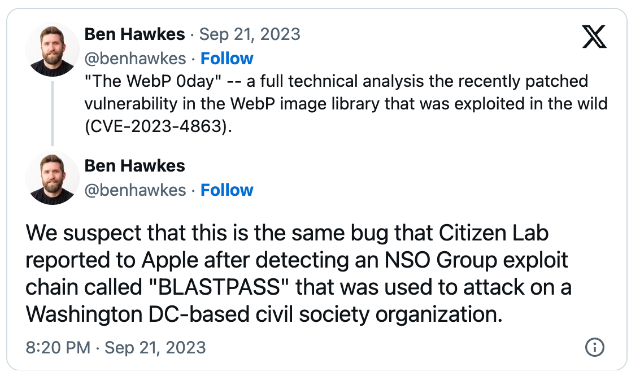

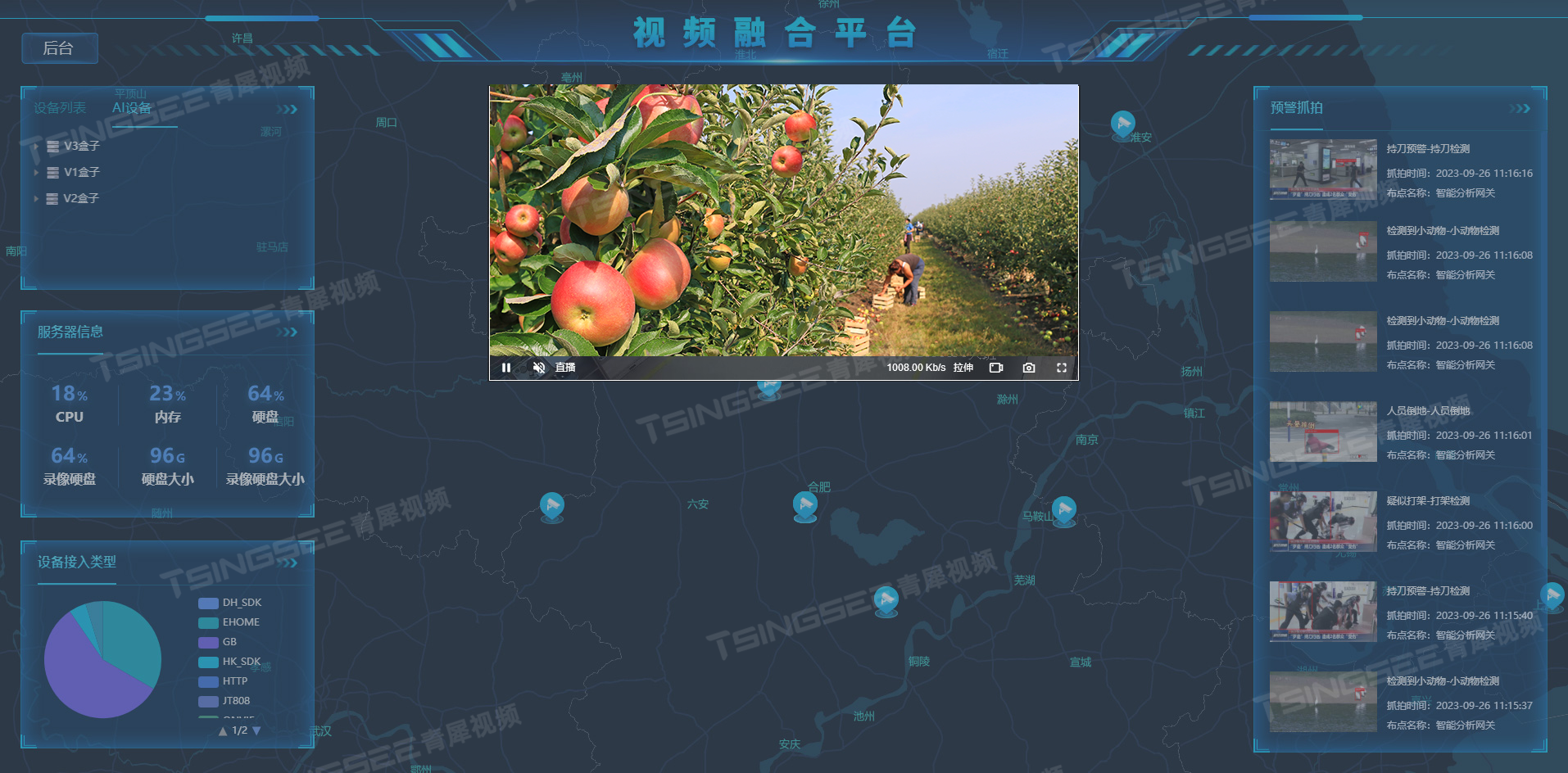

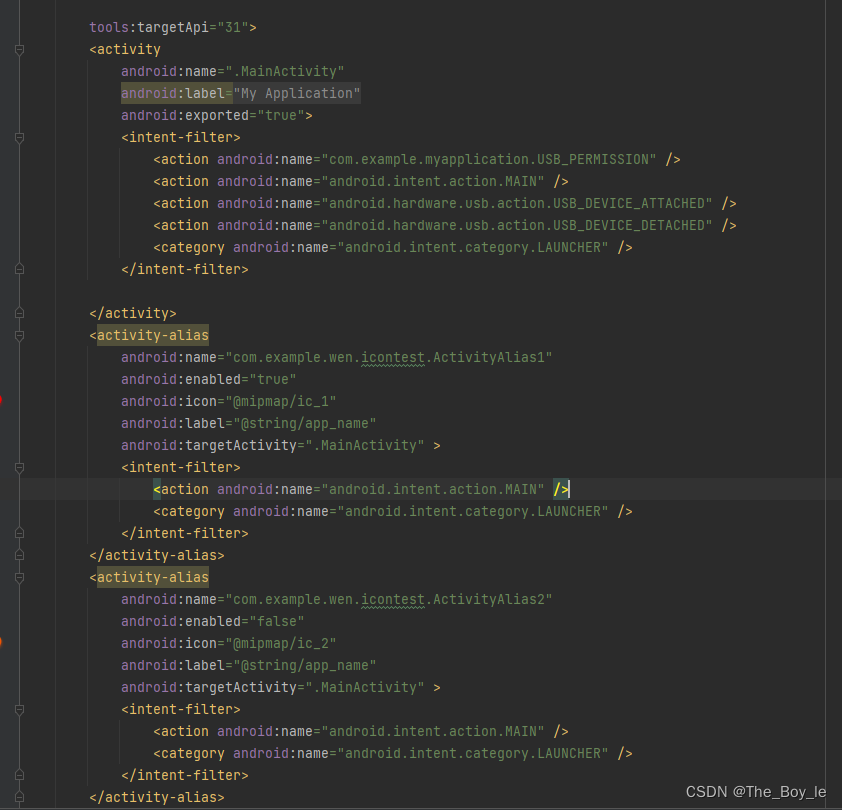
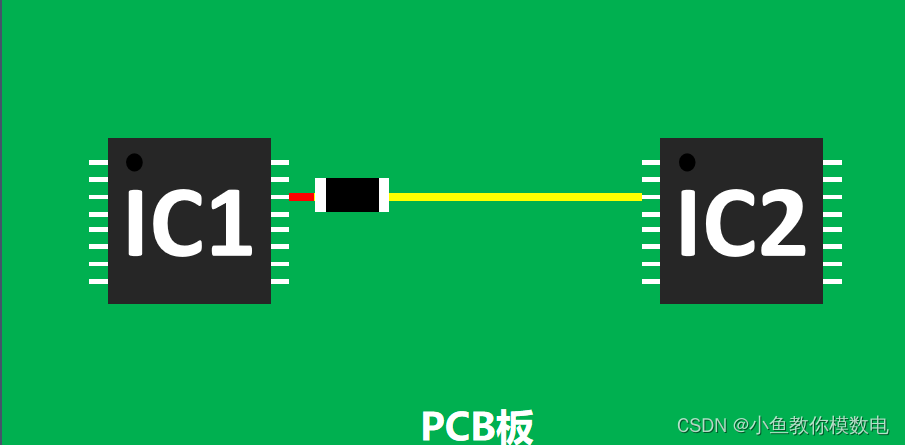

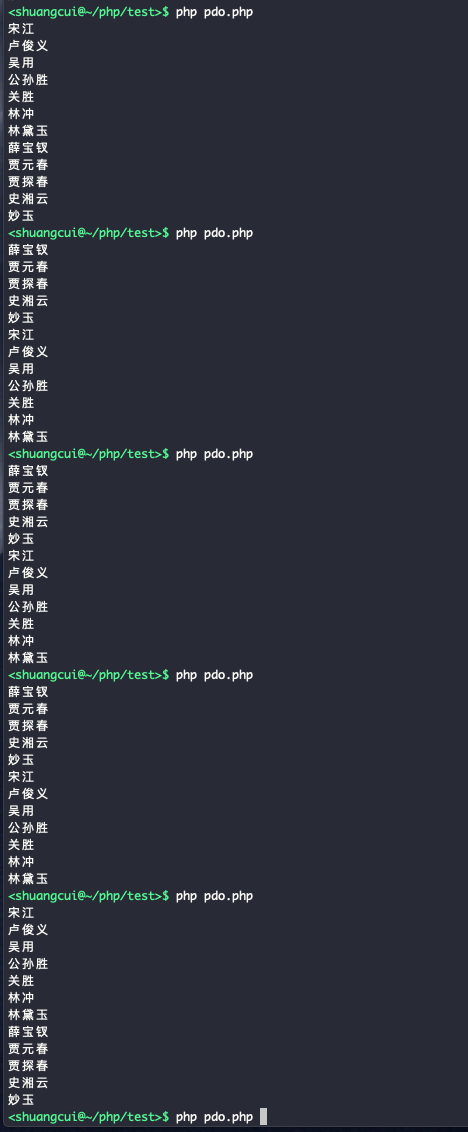
![练[BJDCTF2020]EasySearch](https://img-blog.csdnimg.cn/img_convert/fd76e2bd0f3b7135b9b21a79bd79cd22.png)
